
Perseid Meteor Shower to Light Up the Night Sky
The Perseid shower runs from late July to late August, peaking on or around August 12 every year. The new moon this year (2018) occurs on Saturday, August 11. Peak viewing of the meteor shower will occur Saturday, August 11 through Monday, August 13. On Sunday and Monday, the moon will be in its new phases, meaning it sets very early, creating a nice dark sky for viewing.

Can We Turn Back the Clock on Aging?
Wrinkles, gray hair, slowing down—as we grow older, our bodies start to show signs of the wear and tear of life. This week, scientists from the University of Alabama published a new study demonstrating that among the factors causing these physical signs of age are our mitochondria, the tiny energy factories inside our cells.

Should We Edit Our Evolution?
Maybe you watched the movie Rampage and had nightmares about animals turning into gene-edited monsters. Maybe you saw John Oliver’s recent (hilarious and pretty accurate, albeit NSFW due to adult language) take on the hype vs. reality of CRISPR gene editing.
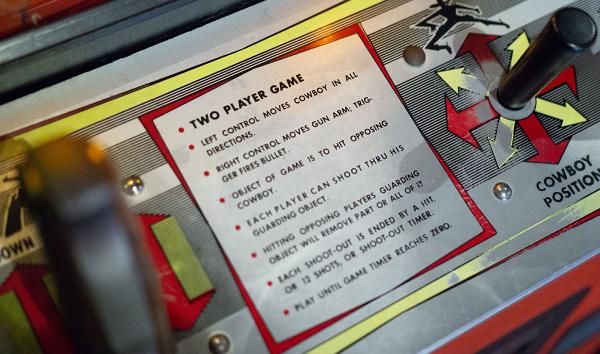
From Transistors to Microprocessors: This Classic Arcade Game Was the First and Last of a Generation
You can play one of the most historically significant video games right now at The Franklin Institute!
Gun Fight represents not only a turning point in video game history, but also in computer science history.

Needle, Meet Haystack: Searching for the First Underwater Meteorite
Today, I embark on a fascinating journey aboard the oceanographic research vessel E/V Nautilus in search of the first meteorite ever recovered from the bottom of the ocean.

Benjamin Franklin and the Declaration of Independence
On May 9, 1754, Benjamin Franklin published the political cartoon “Join, or Die” in the Pennsylvania Gazette, a Philadelphia-based newspaper that he owned. One of the oldest known political cartoons, this image was originally designed to rally the American colonies to behind the British cause in the French and Indian War (1754-1763).
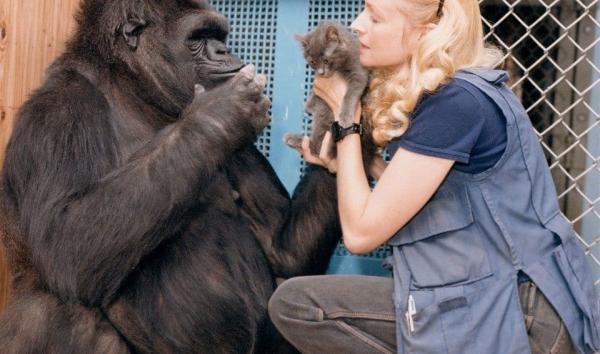
When Koko the Gorilla Chatted Online
I woke up this morning and learned that Koko the gorilla had passed away peacefully in her sleep last night at the age of 46. Twenty years ago, I had the honor of producing the first ever inter-species online “live chat” with Koko and her caregiver Dr. Penny Patterson, part of a series of internet firsts we achieved at AOL (America Online).
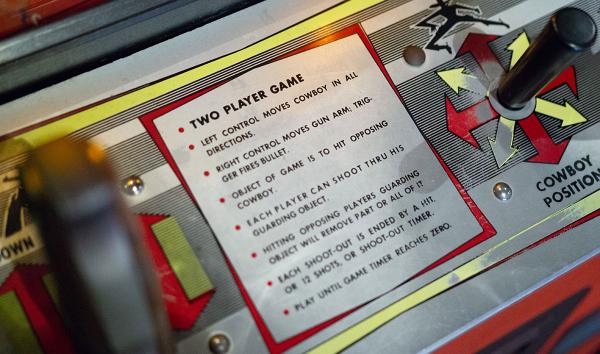
The Golden Age of Video Games in Game Masters: The Exhibition
You’re a cowboy in the Old West, looking to rack up points by shooting it out. Sounds like a pretty typical video game, right? Not so fast, pardner.

Diagnosing Disease with Paper and Thread
If you’ve ever dipped a corner of a paper towel into a liquid and watched the liquid move up through the paper, you’ve seen capillary action. This basic phenomenon that we see in our kitchens every day also underlies what could be the next generation of medical diagnostic devices.
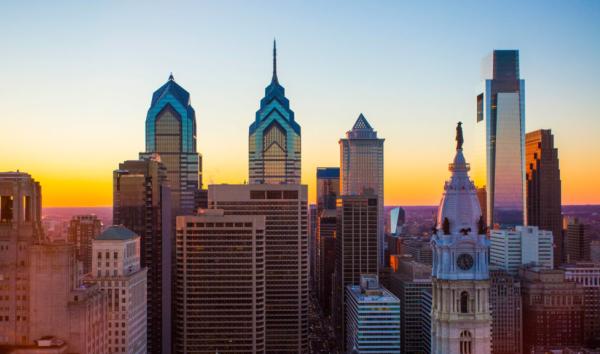
The Philly Solar System
We all know that Earth is one of eight planets in the Solar System orbiting a star that we call the Sun, which is one of the more than 100 billion stars in the Milky Way Galaxy. That’s in effect our cosmic neighborhood, but It can be a little hard to grasp the scale of even just the Solar System and the vastness of space, but what if we instead shrunk our community down to a scale recognizable to most Philadelphians, what would the Solar System look like?
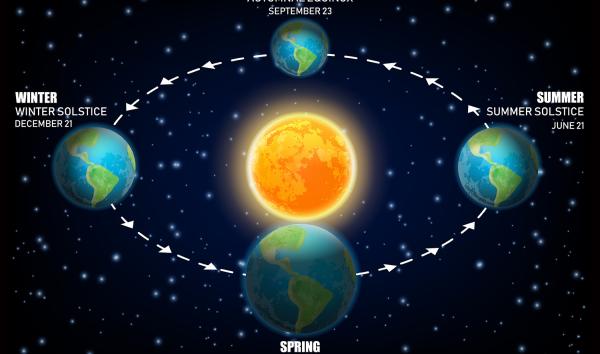
What Is a Solstice and What Is an Equinox (and Why Should I Care)?
Astronomically, our planet’s seasons change on four particular days each year, two solstices, one in June and one in December, and two equinoxes (one in March and one in September). The particular dates are targeted by scientists at the boundary between our seasons because of a series of factors based upon the relationship between the Earth and the Sun, the tilt in the Earth’s axis and how those factors play out for all of us living here on the third rock from the Sun.

Six Amazing Science Things About Iceland
Located in the North Atlantic Ocean skirting the Arctic Circle between Scandinavia and Greenland, the island nation of Iceland is home to a wide variety of unique and fascinating scientific adventures that have attracted scientists from all disciplines for centuries.
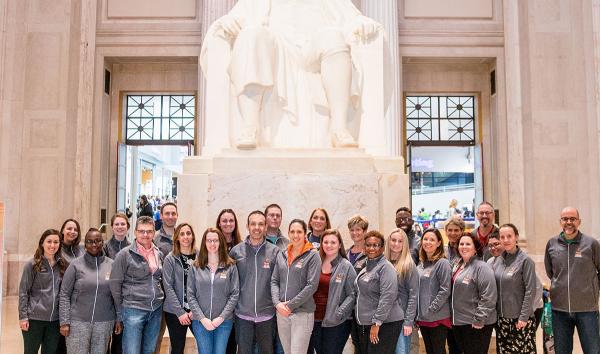
Empowering Master Educators To Advance Our Mission
The Franklin Institute completes its first year-long professional development program for leading educators in the region to deepen their understanding of the science of learning and maximize impact in classrooms, schools, and communities.

7 Secret Spots at The Franklin Institute for Epic Instagrams
One of the latest trends in social media is the Instagram Wall, curiously colored or textured backgrounds are finding a new audience in the popular photo sharing app and we at The Franklin Institute thought it might be helpful to catalog some of the top photo spots within our museum that you can use to wow your friends with your incredible photographic prowess.

Remembering Rachel Carson, Environmental Pioneer
Editor's Note: Rachel Carson, marine biologist, author and environmentalist, was born on May 27, 1907 in Springdale, Pennsylvania. We asked The Franklin Institute's Environmental Scientist, Rachel Valletta, to blog about Carson's legacy and the ongoing importance of her work.
“She was not just a pioneer in the environmental movement… she pioneered it.”

Laurel or Yanny? There’s More Than Meets the Ear
We can fight over whether we hear “laurel” or “yanny,” but we can all agree that this viral meme (first tweeted by Cloe Feldman) gives us a window into the complex factors at play in how our brains perceive the world. Here are a few resources to dig deeper:

Sensory Processing Ambiguity (Partly) Explains The Yanny Vs. Laurel Debate
So, do you hear Yanny or Laurel? Is the dress blue and black or white and gold? Do you see a duck or a rabbit in the cartoon below? These phenomena are puzzling because they can be perceived in two very different ways.

NASA Launches its InSight Mission to Study Marsquakes
Jon Brack
Can you imagine being able to remotely measure seismic activity on another planet? NASA’s InSight mission launched this weekend to do just that, hopefully providing “insight” into the formation of our solar system by looking deep into the interior of Mars.

3... 2... 1… Blastoids!
Embryonic stem cells have been used to develop treatments for diabetes, macular degeneration, spinal cord injury, and other disorders.

A Surprising Solution to Lowering Our Greenhouse Gas Emissions
This April marks the 48th Earth Month, offering us an opportunity to reflect on our collective impact on the one and only planet we call home. Many simple life changes can make a big difference – switching our household electricity provider to renewable or carbon-neutral energy sources, replacing inefficient household electronics, using cold water to wash our clothes, signing up for a composting service, and recycling, just to name a few.
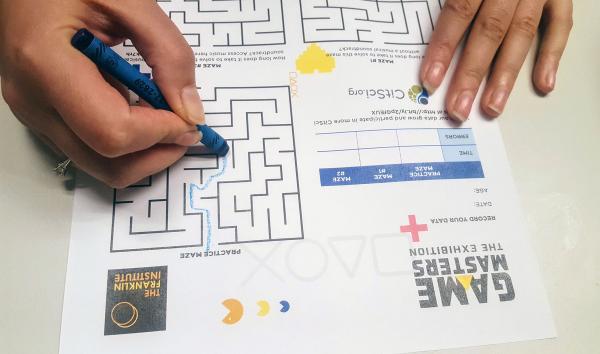
Game Masters Citizen Science
Game Masters has brought guests of all ages into the museum to play video games, from Pac-Man to Donkey Kong and Fruit Ninja to Rock Band. There are many types of video games on the market today, but I noticed one thing all of them had in common: they all had a soundtrack! Whether I am racing in Sega Rally Championship or controlling a relaxing petal through the winds of Flower, the music always helps to immerse me into the environment of the game.

Franklin Laureates Make Huge Strides in Climate Science
After holding steady for three years, anthropogenic (human caused or influenced) carbon emissions were once again on the rise in 2017. The brief pause had many climate scientists hopeful that manmade carbon emissions had perhaps hit their maximum, and that a downward trend would soon follow. However, last year's uptick quickly reversed the tenor of the conversation from hopeful to concerned.
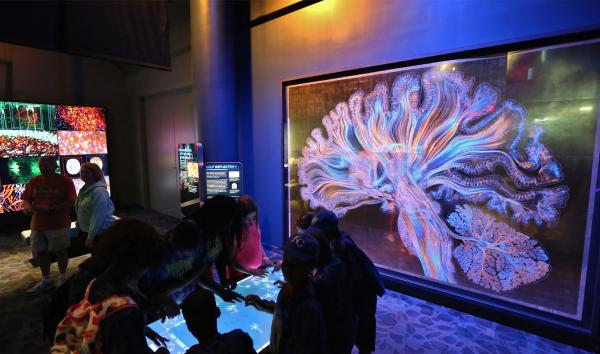
Tiny Worms Launch a Global Leader in Brain Science
In 2018, the U.S. Brain Research through Advancing Innovative Neurotechnologies (BRAIN) Initiative celebrates its fifth anniversary. The goal of this unique nationwide alliance of research organizations has been to push our understanding of the brain farther and faster than ever before, by inventing new technologies, deciphering the details of brain function and behavior, and developing new treatments for brain disorders.


